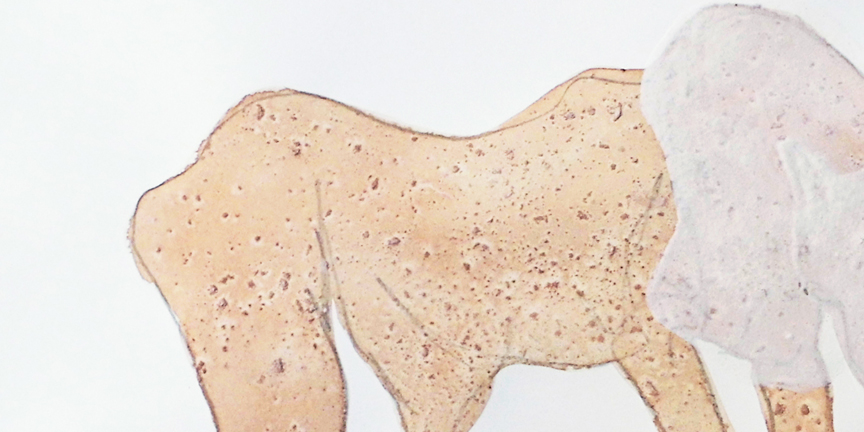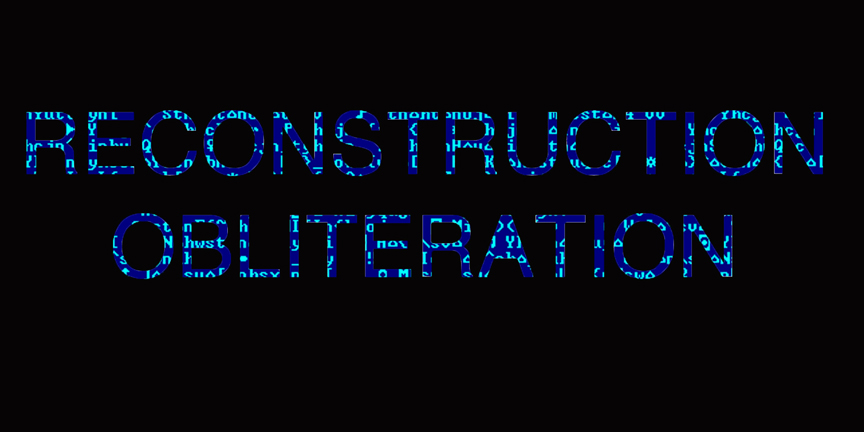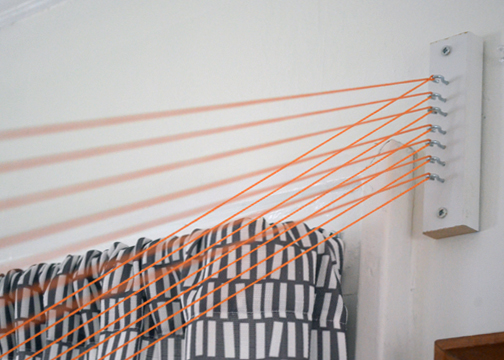
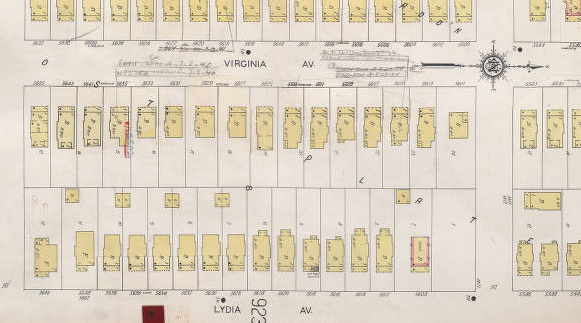
March 21st from 4-7pm
Being invited to do a show at the Hown’s Den provided me with the opportunity to think about the situation of its exhibition – the places we live. Houses both as architectural forms and lived experiences are texts themselves – in most cases standing longer than the lifespan of any single occupant and having histories written on/in them by both their inhabitants and communities. Exhibiting at the Hown’s Den was an opportunity both to reflect on my own history of habitation and to investigate the histories of the neighborhood in which the exhibition was taking place – to reach out and come to some understanding of this place -Troost Plateau/5624 Lydia St./Crystal, Bobby and Eliot’s house – and to
incorporate what I learned into a series of site-specific projections that investigate history, memory and place. It was fortuitous that this work took place in a neighborhood with such an activist history of organizing to resist destructive housing campaigns and the resulting racial division created along Troost Avenue. The 49/63 Neighborhood Coalition whose work is highlighted in some of the conversations presented in the exhibit has been unusually successful in fending
off predatory real estate investors and creating and valuing a diverse neighborhood by taking their neighborhood into their own hands. Its mission was to “create a nonexploitive real estate market”1 and to sustain a multiracial neighborhood where people, regardless of race or color, can find satisfying conditions.” I wanted to meet the people who were continuing those efforts in the neighborhood and find out how they thought about this place where they live. I condensed my interviews and impressions into a loose script of conversations and activities that might have happened in the very space where we stand today. While looking at the historical materials narratives emerged – the children in the 1940s tax survey photos for example become the characters in game projection, and names of residents of the neighborhood become the names of the characters in the script. It’s all coincidence, observation and projection. The thing about local, small close histories (which is of course in some sense what all histories are) is that they’re extremely fragile and evaporate easily. By interviewing and working with members of the neighborhood coalition, Crystal and Bobby’s landlord, longtime residents, materials from the state archive and my own history I’ve created an imaginary history for this house rendered with video and sound and adding objects to the domestic space as anchors around which the events unfold. I wanted to create portals – windows into the possible worlds and histories of this place. Houses hold memories – what these are and how we remember them are variable and impacted by storytelling, documentation and time. For example this house was built the same year that Walt Disney founded Laugh-O-Gram in Kansas City – the same year that King Tut’s Tomb was discovered and women won the right to vote.
1 Colby, Tanner. Some of My Best Friends Are Black. New York, Penguin Books,
2013.
With _place _plateau I hope to create glimpses into manufactured memories –mapping new half-truths onto the architecture of the house itself to create an animated landscape merging the past with the present, fiction with fact to think about our understanding of place and its relationship to experience, community and connection.
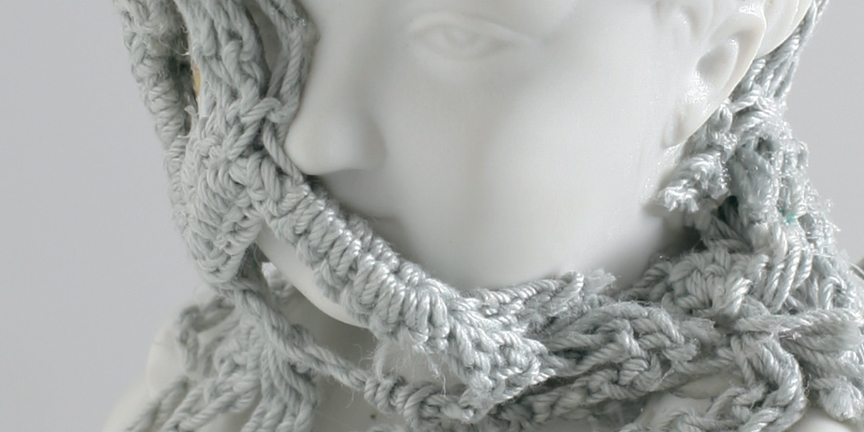
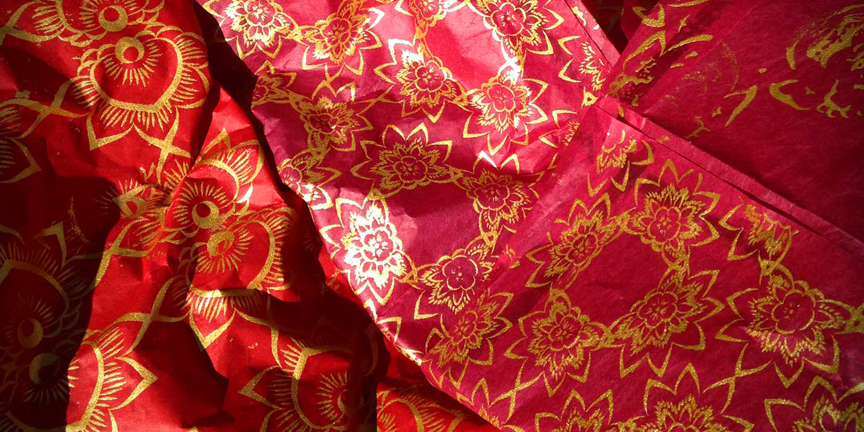
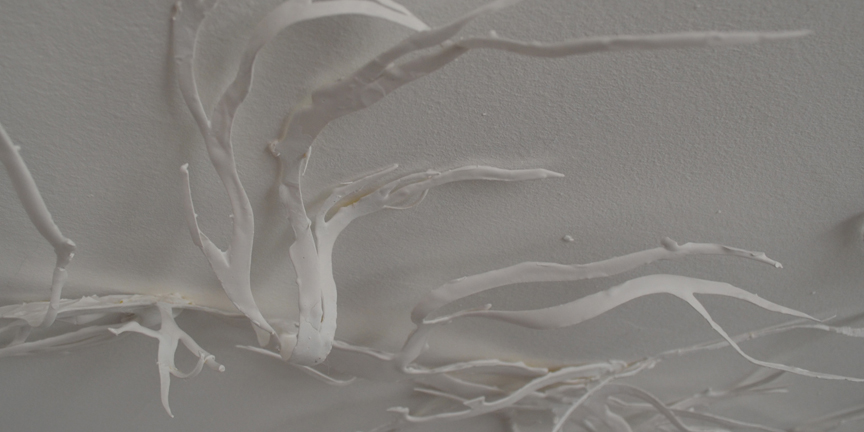
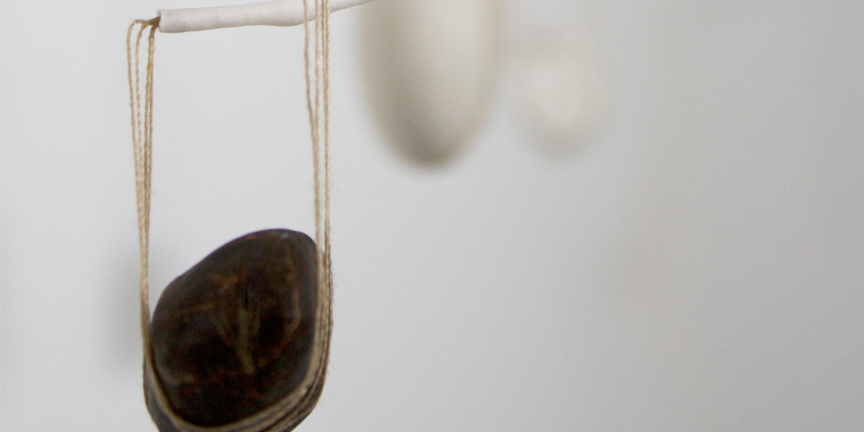 Material Translations & The Memory of Things
Material Translations & The Memory of Things
An Exhibition By Casey Whittier
June 26th 2014
What happens when an object’s physical and identifying qualities are changed so drastically that the object teeters on the edge of no longer being what it was? If “string” cannot be manipulated, in what way is it still string? If it is no longer string, is it merely a relic of its former self? How does the physicality of an object or a material inform the system we use to evaluate it? What is more important: what is present or what is absent?
I choose to work primarily in clay for its inherent variations in surface and texture, its ability to mimic, to be thick, thin, ephemeral or permanent. Liquid or solid, it can be soft and pliable or fragile and brittle. It can take on its own shape or be used to embrace the form and surface of another substance.
Much of my larger body of work is concerned with issues of time, legacy, memory and mortality. I come to this work with the same fascination and devoted interest in a material that has played a role in the domestic and industrial spheres of nearly every known culture. This allows me to both tap the collective memory of inhabited spaces (house/home) and to make work that is specific to the Hown’s Den and its inhabitants.
An exhibition by Skye Livingston
March 27th 2014
Exhibition/Artist Statement
Through a series of experimental drawings, I use the horse to symbolize the conjoined roles of provider and receiver, parallel to the relationship between humans and horses. Throughout our history together, humans have relied upon the horse for muscle, material, milk and meat, and in return given the horse care, shelter, nourishment and eminence. By combining the identities of the provider and recipient into one, the figure is made autonomous. It is the blurring of these roles that creates the self-sustaining entity and provides the foundation for this exhibition. This experiential installation is an integral facet of my larger body of work, and continues my exploration of self-reparation.
An Exhibition by Justin Beachler
January 23rd 2014
Exhibition Statement
For this installation, nostalgic objects are visually built upon, rendering the perceptible information partial, obscuring

